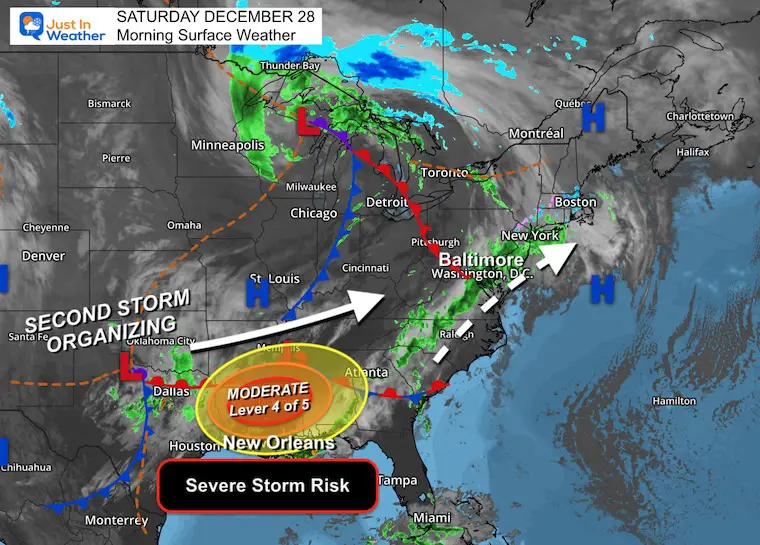As daylight fades into dusk, a dark, starry palette unfolds above our heads. But this familiar nighttime shift from bright blue to velvety black sky intrigues astronomers and philosophers; If the universe contains a sea of stars extending over an infinite number of light-years, why is the night sky not as bright as the day?!
The answer to this question may seem simple, but it has baffled scientists. It is actually a famous cosmic problem that has occupied scientists for two centuries, and it took a long time to find the correct answer that is known today as Olber’s paradox.
Olber’s paradox baffles scientists
If you walk through a small grove of trees and look away, you can see parts of the horizon between the tree trunks around you. However, if you stand in the middle of a large forest, your view will be completely obscured in all directions by the huge number of tree trunks surrounding you on every side and at varying distances.
Likewise, if the universe were large enough, your line of sight should be obscured in every direction by a thick wall of stars that make night as bright as day.
The story of Olber’s paradox takes us back to the early nineteenth century, to a German astronomer named Heinrich Olber, who was the first to broadcast this paradox in the scientific community, although scientists who preceded him had dealt with it, such as Johannes Kepler and Edmund Halley. Olber’s question was about the apparent contradiction of a night sky filled with infinite stars and the darkness we observe. If the universe were infinite and filled with an infinite number of stars, then every line of sight should eventually end at a star, making the night sky uniformly bright.
However, the night sky is not a bright tapestry of infinite stars. It is dominated by darkness, with only the light of distant stars and galaxies interspersed. To understand this, we need to delve deeper into the concepts of the age and expansion of the universe.
How did scientists solve the problem?
Olber believed that the universe is infinite, but it later turned out that it is not so, and it is limited in terms of its age, which is about 13.8 billion years. We therefore only see objects as far away as the light has been able to travel in that time, limiting the number of stars that can be seen, and thus the amount of starlight that reaches us.
Part of the solution to Olber’s paradox also lies in the expansion of the universe. In the early twentieth century, astronomers – including Edwin Hubble – made pioneering observations that showed that other galaxies were rapidly moving away from our own. This indicates that space-time itself is expanding. Because of this expansion, light waves coming from distant stars expand as they travel through space, and the further the light travels, the longer its wavelength increases, a physical phenomenon known as “redshift.” This redshift means that much of the starlight outside the galaxy is shifting from the visible spectrum to infrared wavelengths that cannot be seen by the human eye.
Further evidence of the cause of the darkness that surrounds the Earth at night appeared in the cosmic microwave background radiation, which was discovered in 1964 and represents the glow of residual heat from the early stages of the birth of the universe from the Big Bang. After the initial explosive expansion, the universe cooled as it continued to expand, eventually causing light to separate from matter, and photons were able to flow freely through space like the cosmic microwave background radiation we observe today. If we look at space in the microwave part of the spectrum, we will actually find it illuminated in all directions.
Darkness in the universe is not a vacuum
Another problem in explaining the dark night sky involves distinguishing between the visible universe and the entire universe. The visible universe represents only the small spherical region of space that enables light to reach us during the life of the universe.
Interestingly, recent discoveries in physics and astronomy have deepened the understanding of the causes of darkness in the universe around us more than expected. Observations of galaxies and supernovae have revealed the presence of dark matter and dark energy, which makes up more than 95% of the universe.
Scientists define dark matter as an invisible mass that is detected only through the gravity that binds galaxies together, while dark energy is a mysterious energy that accelerates cosmic expansion, and both hide the sources of light within the universe.
Although the blackness of the night sky appears empty, it actually tells precise details about the history of the universe shrouded in darkness from explosion to cooling and expansion. When we look up at the night sky, we glimpse paths of cosmic evolution stretching across the void of deep space.
________________________________________
sources:






